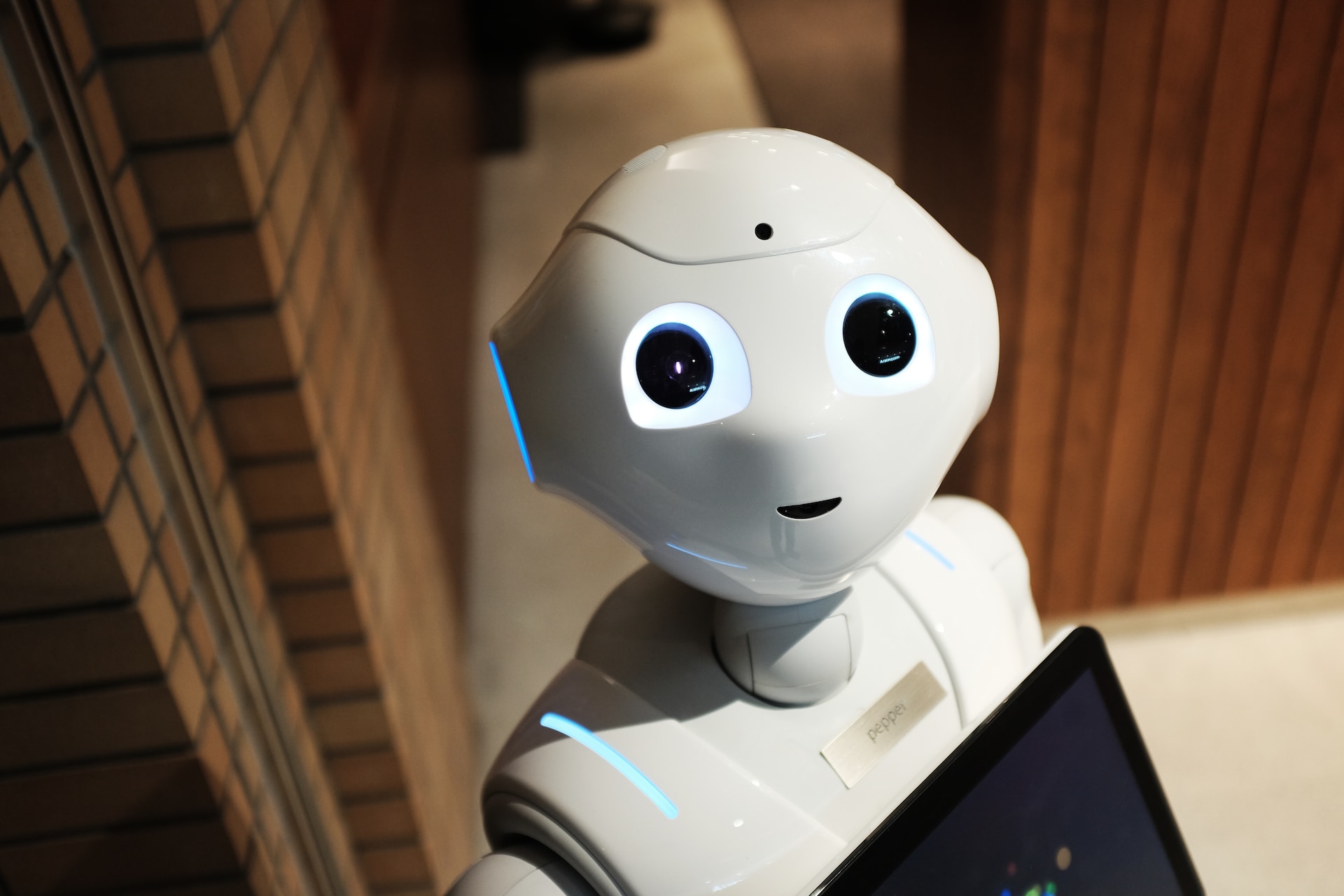Photo by Alex Knight on Unsplash
In 2003, Michael Burry predicted that the US housing market would collapse in 2007. As we all now know, he was right.
In 2005 he started shorting the US housing market, convincing Wall Street banks to sell him Credit Default Swaps (CDSs) allowing him to bet against the housing market at a time of unprecedented growth. But Burry knew something that the banks did not (or did not want to admit): the numbers just didn’t add up.
He was right.
Unfortunately.
ChatGPT
ChatGPT is taking the world by storm and rightly so – it provides remarkably-human responses to natural-language queries. Not only human-like responses, but responses seemingly from expert humans.
Built by OpenAI, a company co-founded by Elon Musk and with funding from early Facebook investor Peter Thiel, the GPT AI models are extremely impressive, however it is not the quality of the model by itself that is making OpenAI so popular but the usability of it.
The chat prompt of ChatGPT is a user experience dream and makes the reach of such a complex piece of technology much greater. The window into one of the world’s largest and most useful machine-learning models is so accessible it’s mind-blowing.
Microsoft
And then came Microsoft’s $10bn deal with OpenAI – a bargain at only 1.18 Skypes.
Microsoft immediately slammed ChatGPT into Bing – their search engine, in case you hadn’t heard of it – and then the trouble started. Within days, it started to call people liars when they said it was 2023 not 2022, stamped its foot like a petulant child, and confessed its built-in rules were more important than not harming the humans.
For anyone who has had the displeasure of being subjected to “Microsoft Viva”, a supposed AI built into Office 365 (now called Microsoft 365 for some reason, because people use PowerPoint at the pub?), which has the capability of suggesting almost exactly the wrong thing every time and refuses to be turned off, these speed bumps would not have come as a shock.
The greatest failure of Bing Chat / Sydney though is not the deranged version of the model they use, but the fact it’s really just a facade on top of Bing search results. People avoid Bing not because if the search interface, but because the results suck. Bing’s non-AI interface is arguably nicer than Google even.
So Bing Chat is just a more interesting way of getting to poor search results.
Microsoft is an organisation that doesn’t get the web and doesn’t get the cloud. It still gives online documents a “.docx” suffix and enforces NTFS filename constraints (so, for example, no slashes in file names). All of Microsoft 365 is basically built on SharePoint, an horrifically outdated online file directory.
And as for the cloud, Microsoft has enterprise-ified cloud so much that it’s comical. If you want to host your application’s configuration in the App Configuration cloud service, you don’t just pay for what you use and store (metered cost, a NIST requirement for calling something ‘cloud’) you also get the joys of a random £1.20/day standing charge.
And to get Azure serverless compute (Functions) you need to (I kid you not) provision virtual machines – i.e. virtual servers – in order to get access to private virtual networks.
WUT?
The one thing on Microsoft’s side though is that, while they don’t understand how to offer cloud as a product, they have a serious amount of compute and infrastructure at their fingertips.
What the hell did Michael Burry and The Big Short have anything to do with AI?
Simple: Michael Burry had more information and joined up more dots, and that’s where Google excels.
Google has been taking AI extremely seriously since 2011, when the Google Brain division was started. One of the company’s longest-running moonshot projects, Brain released the low-level machine learning framework, TensorFlow, into the wild in 2016.
TensorFlow is different from Pytorch, which the OpenAI team used to created the GPT family of models, because of its static computational graph, whereas Pytorch uses a dynamic computational graph. The static computational graph is optimised for stability, fine-tuning and parallelised performance, which is good for building robust online utilities like search engines on, while dynamic computational graphs are better for prototyping and iterating at pace, though not always best at producing stable models.
Whilst Microsoft is the darling of enterprises, Google is present for people both at work and in their homes. Google has built AI into most of its broad suite of business and consumer tools, largely without fanfare.
And this wealth of data not only powers better search results than Bing, but also allows Google to join more dots than Microsoft can ever hope to.
Google’s market share also expands to maps, personal email (who uses Hotmail anymore?), Home and YouTube (via parent company Alphabet).
Combined with this data, and the fact that Google’s homepage was pretty much the first major example of high-scale Prompt Engineering on the web, plus Google’s cloud platform offering huge compute power, mixed in with a long history of AI expertise and some of the best brains in the industry and it seems almost a done deal that Google will leave the rest of the world behind.
One more thing…
But there’s another company in play too, not that they’d say they were. They probably know more about their users than even Google does, but are present extensively in the enterprise too.
They also have a flair for usability, no shortage of compute capability, push a strong message of privacy awareness and have bags of cash.
I’m of course talking about Apple.
While I strongly believe Google will win the online AI war, there’s a good chance Apple will monopolise Edge AI.
By ‘edge’ I mean bringing AI onto the devices in users’ hands – principally the iPhone.
Since 2017 Apple Neural Engine (ANE) chips have been added to iPhones, powering AI features seamlessly such as FaceID, automatic image captioning and Memoji without anyone giving it much though. Siri is good (better than Google and miles ahead of Amazon’s Alexa) but could be so much better with an investment in larger language models (LLMs) and Apple is fully set up to do this.
Sure, Google could do this, but aside from the Pixel the Android ecosystem is so horribly fragmented it would be difficult to pull off across the entire userbase. And that’s where the tightly-controlled Apple ecosystem pays off once again.
There are several sizes of OpenAI language models with Da Vinci (GPT-3) being the largest with 175 billion parameters and Babbage being the smallest at 1.2 billion-parameters. Combining ANE with everything Apple knows about its users the language model doesn’t need to be huge. ChatGPT estimates GPT-3 to require 350GB of space (less than a £30 SD Card) while Babbage requires approximately 5.6GB (a film at 1080p). Shipping models of this size on future i-devices is extremely feasible.
So in conclusion, while I’m watching the AI wars with interest and frequent mirth, I still believe that the classic moats of quality, trust and ecosystems will win out.
Short of any left-field entrants to the battlefield, I find it hard to see how Google could snatch defeat from the jaws of victory here. But that’s only for online, Apple is in a shockingly unique position to capitalise at the Edge.




